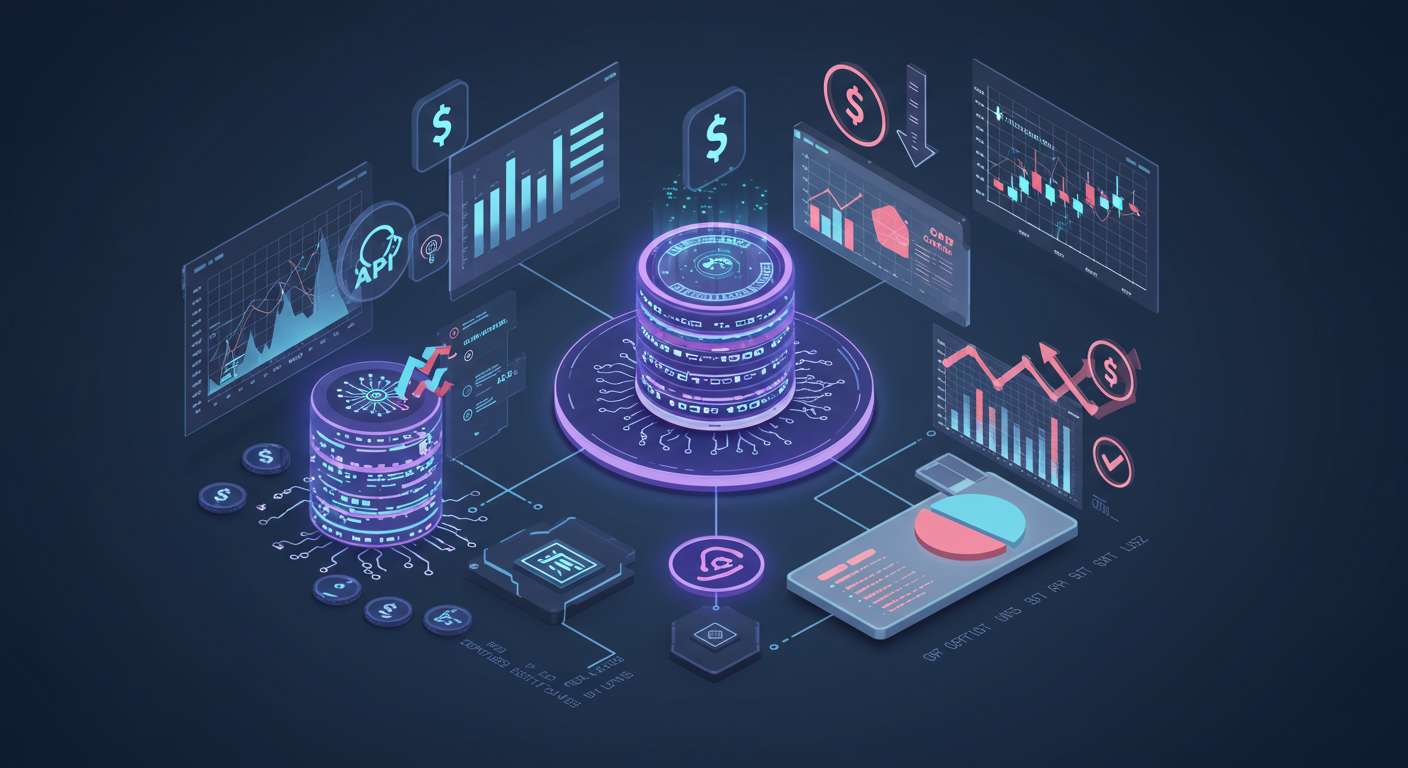Optimizing Costs with Serverless Models
Serverless computing has emerged as a transformative approach to building and running applications without managing server infrastructure. This paradigm shift offers significant benefits in terms of scalability, operational efficiency, and, crucially, cost optimization. For FinOps practitioners, understanding serverless is key to unlocking new levels of cloud financial management.
The Serverless Advantage in FinOps
The primary appeal of serverless from a FinOps perspective is its pay-per-use model. Unlike traditional server-based architectures where you pay for provisioned capacity (often idle), serverless functions (like AWS Lambda or Azure Functions) are billed based on the precise execution time and resources consumed. This granularity offers unparalleled opportunities for cost control.
- Reduced Idle Costs: Pay only for what you use, eliminating expenses associated with over-provisioned or idle servers.
- Automatic Scaling: Serverless platforms automatically scale based on demand, ensuring you only pay for the capacity needed at any given moment. This contrasts with manual or auto-scaling groups that might have slower reaction times or less granular scaling.
- Lower Operational Overhead: Reduced need for server patching, maintenance, and OS management translates to lower labor costs and fewer operational risks.
Challenges and Considerations
While serverless offers compelling cost benefits, it also introduces new challenges for FinOps teams:
- Cost Allocation Complexity: Attributing costs for highly granular function executions to specific projects or business units can be more complex than with traditional VMs. Robust tagging and monitoring strategies are essential.
- Monitoring and Observability: Understanding the cost drivers in a serverless environment requires detailed monitoring of function invocations, duration, and memory usage. Specialized tools may be needed. Learn more at AWS Serverless.
- Potential for Uncontrolled Spend: While pay-per-use is efficient, poorly designed serverless applications (e.g., infinite loops, inefficient code) can lead to unexpected cost spikes if not properly governed.

Integrating Serverless into Your FinOps Strategy
To effectively manage serverless costs, FinOps teams should:
- Educate Development Teams: Ensure developers understand the cost implications of their serverless design choices (e.g., function memory, execution time, dependencies).
- Implement Granular Tagging: Use tags extensively to allocate serverless costs accurately.
- Leverage Cloud Provider Tools: Utilize tools like AWS Cost Explorer, Azure Cost Management, and Google Cloud Billing to analyze serverless spend.
- Set Budgets and Alerts: Proactively monitor serverless costs with budgets and alerts to prevent surprises. More information on FinOps principles can be found at the FinOps Foundation.
- Optimize Function Performance: Encourage practices like code optimization, right-sizing memory allocation, and choosing appropriate runtimes to minimize execution costs.
By embracing serverless computing with a strong FinOps mindset, organizations can significantly reduce their cloud infrastructure costs, improve agility, and focus more on delivering business value rather than managing servers.

